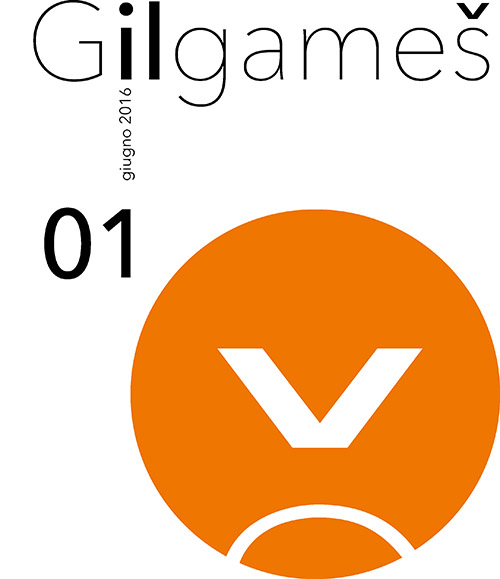Un codice dell’Apocolocyntosis nella rivolta dei Paesi Bassi
DOI:
https://doi.org/10.13130/2531-9515/7781Abstract
A new copy of Seneca’s Apocolocyntosis has recently been discovered in the codex Haarlem 187 C 14: J. F. Gronovius (1611-1671) discusses a few lessons from a «membrana bibliothecae publicae Harlemensis» in his Ad L. et M. Senecas Notae of 1658, but after Gronovius’ remarks the Apocolocyntosis Harlemensis has never been examined again and the same notion of its existence was lost. The manuscript belonged to the abbot Raphael de Marcatellis, an illegitimate son of the duke of Burgundy Philip the Good, and great collector of codices. Today it is kept at the Noord-Hollands Archief in Haarlem along with five other manuscripts of Marcatellis’ collection, and there is no record on how it arrived in Haarlem from its original location in Ghent, where the abbot’s rich library was located. The series of events led by the Dutch Revolt in the second half of the sixteenth century allows us to at least partially explain what happened to the codex. In Ghent churches and convents were ransacked more than once and the robberies involved manuscripts as well. Haarlem, after its final conversion to Protestantism in 1578, assumed possession of all the goods belonging to catholic institutions including codices, which were gathered in the new civic library founded in 1596. It is during such turbulent times that the theft of the codex Haarlem 187 C 14 and its silent arrival in Haarlem probably took place.



